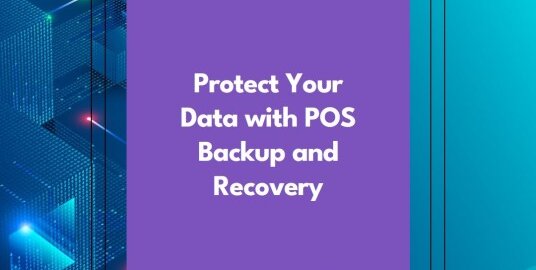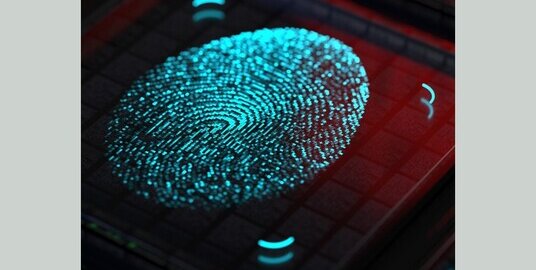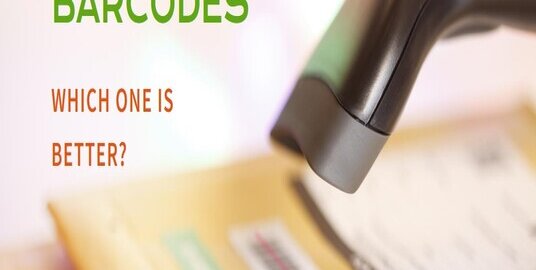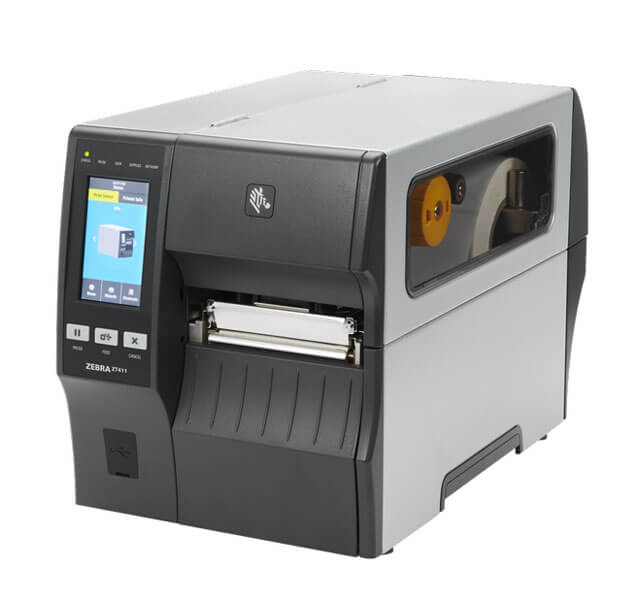
Radio frequency identification is referred to as RFID. It is a technique that considers the requirement of electromagnetic or electrostatic coupling in the electromagnetic spectrum’s radio frequency (RF) region to recognize an object, animal, or person in a certain way. The market is seeing an increase in adopting RFID as a barcode replacement.
RFID has the advantage of not requiring line-of-sight scanning or physical contact. Three parts comprise an RFID system: a transponder, an antenna, and a transceiver (which is sometimes integrated into a single reader) (the tag). Radiofrequency waves are required for the antenna to transmit a signal that activates the transponder.
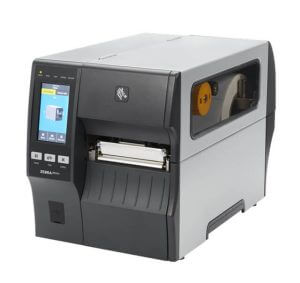
The debate over using RFID for personally identifying information has been going on for years. It causes universal anxiety about the security of personal data. Since the unique identifier of the stamps can be connected to the owner’s personal information, people feel threatened by the way that RFID tags can be read without having to confront the owner.
However, RFID can help enhance data security rather than placing it in the wrong hands. It required specialized equipment to read the data, and more than that, various other control systems reduced access to the data. They are:
- Access control software: Access privileges are managed by access control software for users of an access control RFID system, and access logs are kept in the access control database. This program can be used to generate access reports that can be used to spot trends in access as well as alter people’s access rights.
- Control panels connect access cards, fobs, and RFID readers to the control system. They can also be used with access control software to offer more features for access management.
- An access management database is employed to keep track of access logs and access privileges data. Depending on the chosen access control method, this database can be hosted locally or in the cloud.
Other than these, the RFID system can further be shielded using a different system to protect your data, such as:
- A cover code
Outsiders can more easily detect a reader’s broadcasts because a reader’s signal is louder than a tag’s. To prevent eavesdropping, cover coding makes use of this discrepancy. The reader asks the tag for a random number, and the tag (quietly) answers with that number. Future conversations are subsequently encrypted by the reader using this number, making them challenging for outsiders to decipher.
- One-sided encryption
One-sided encryption provides a further safeguard against both eavesdropping and skimming. Only the reader participates in the encryption of a tag in this simpler approach. Any data sent to the tag has already been encrypted, and the reader will decode any data sent back to it through the tag. The reader handles all of the calculations, keeping the tag’s complexity low and its cost high. Additionally, any information taken from the tag or conversations between the reader and the tag that is “overheard” will be useless to outsiders.
Depending on your RFID technology’s function, your security requirements may change. However, restricting access to your data to only you and your chosen collaborators will significantly boost the value of your RFID solution.





